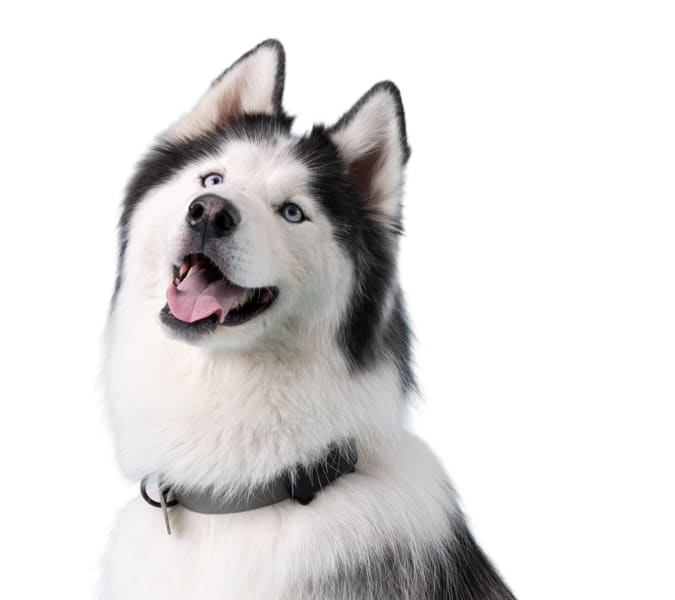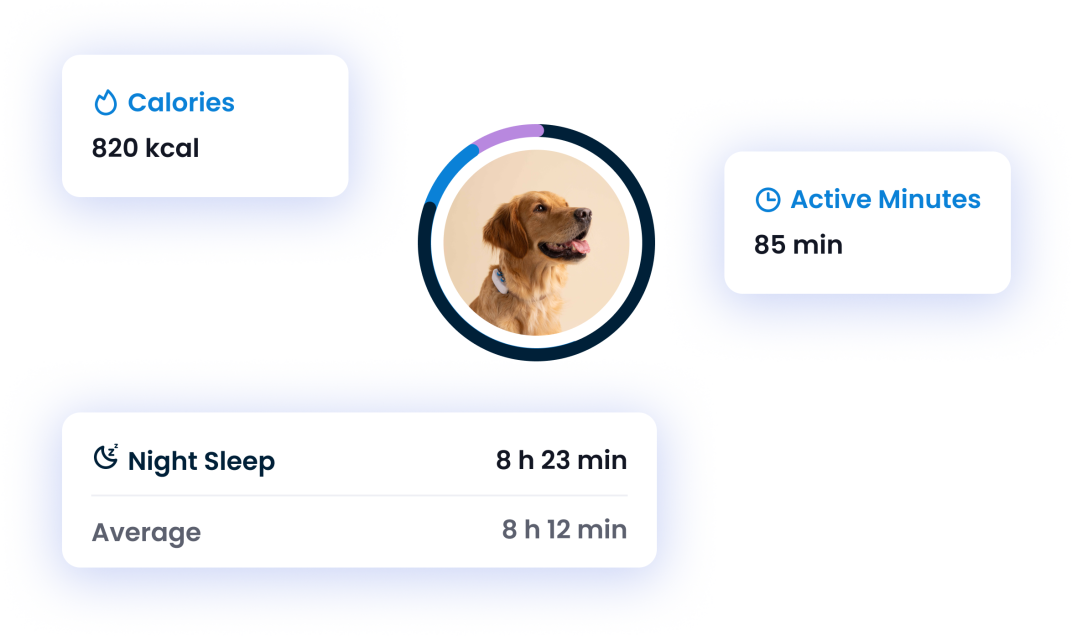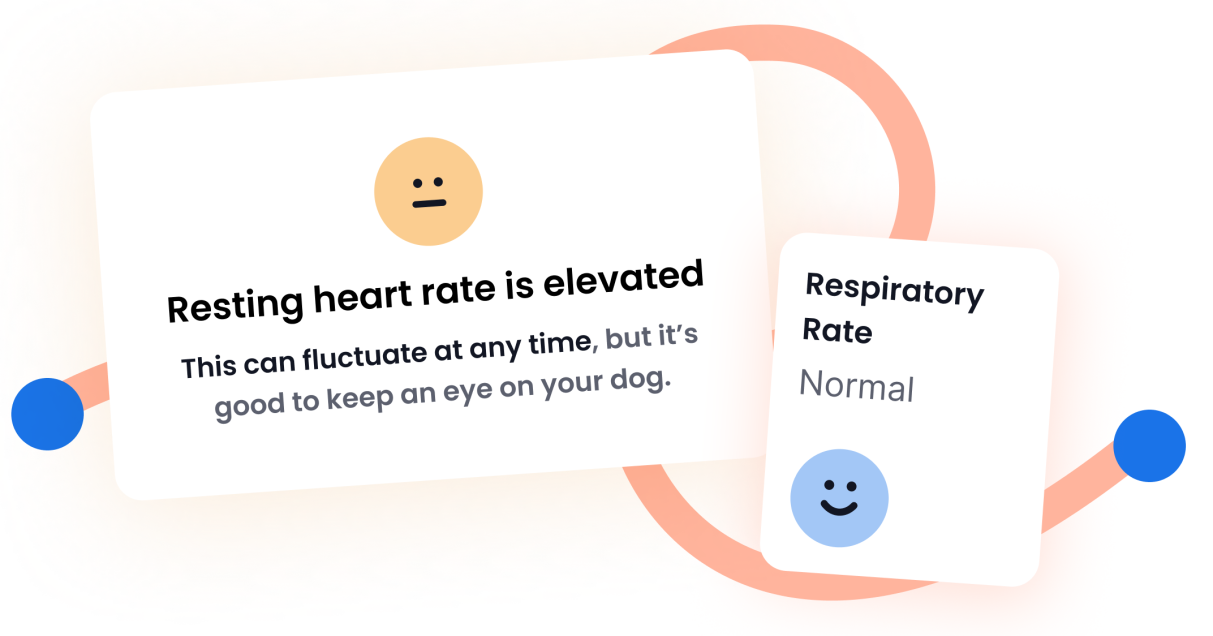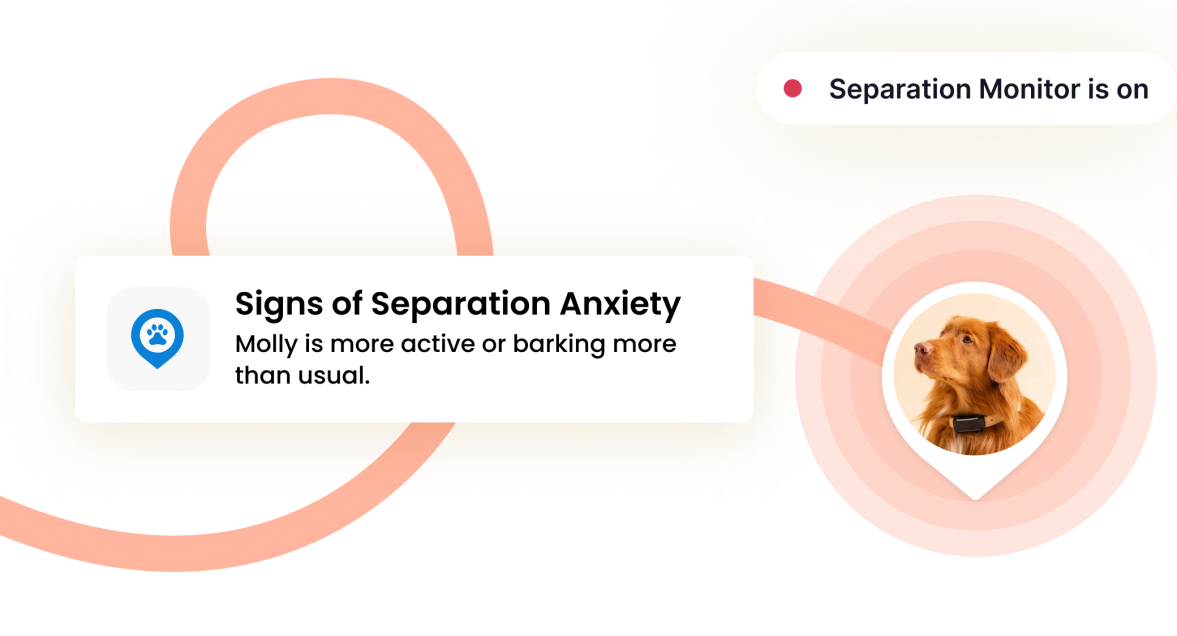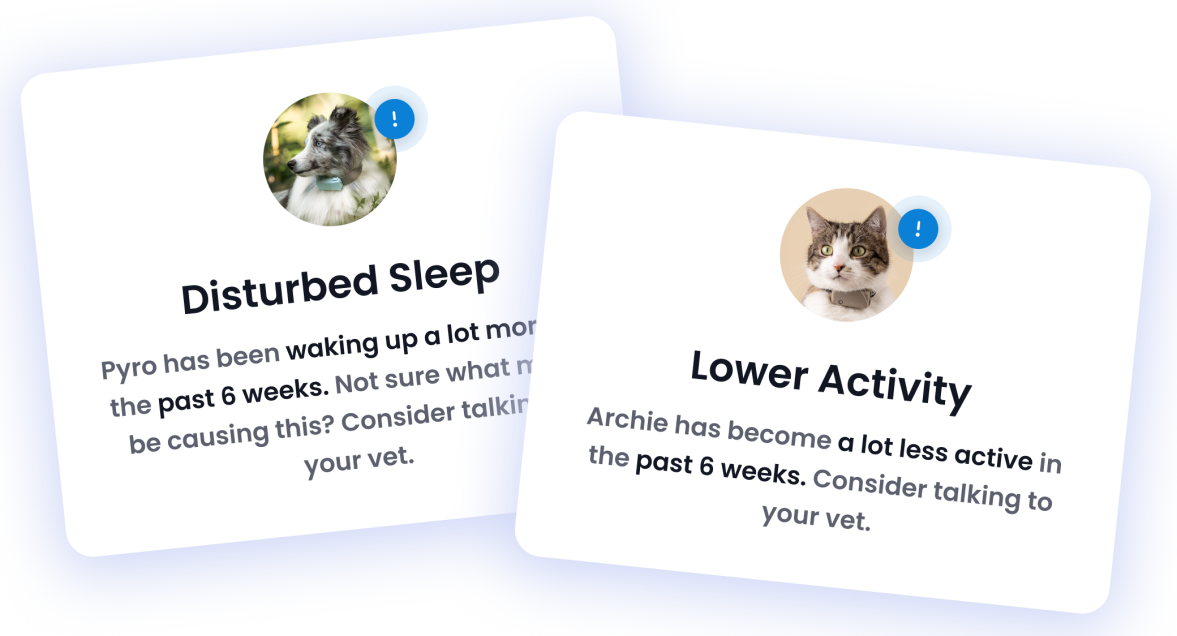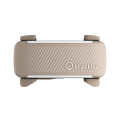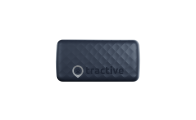Why does your pet's physical activity matter?
A staggering 63% of pet cats and 59.3% of pet dogs are overweight or obese worldwide. This can cause health issues such as osteoarthritis and diabetes.
For pets to stay healthy and happy, daily exercise is essential. But they can't do it without your help. With a little motivation and the right tools, you can keep your pet fit—and enjoy a better, longer life together.




